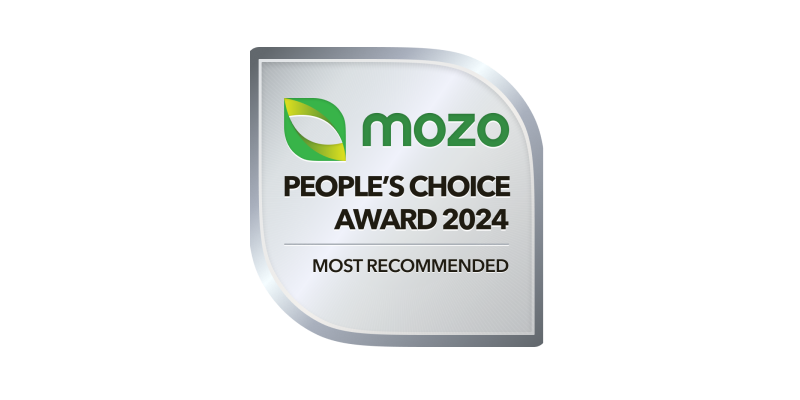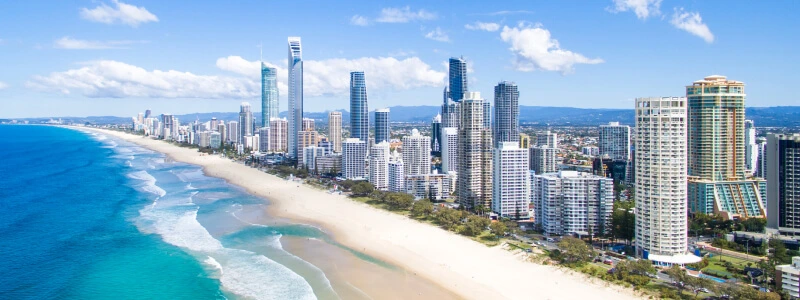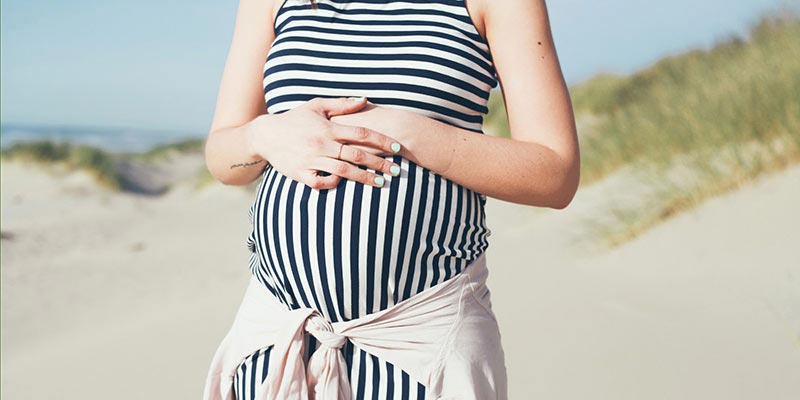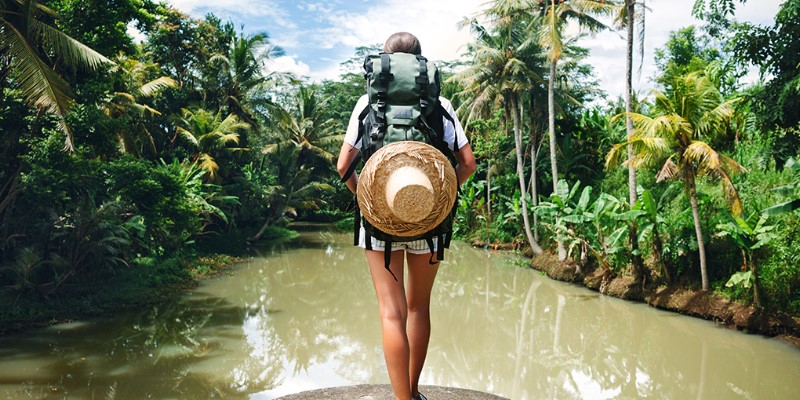Important: Check travel alerts for world events that may impact your trip and travel insurance cover.
What is travel insurance?
Travel insurance is designed to help cover you for a range of unexpected events while you're travelling overseas or in Australia. Depending on your cover, it could help protect you against costly overseas medical emergencies, lost or damaged luggage, rental car insurance excess, cost of cancellation or delays due to certain unforeseeable circumstances, and more.
Medibank Travel Insurance offers cover for both international and domestic trips, also provides you with the flexibility to add ski and snow cover, motorcycle and moped cover, cruise cover or increase your item limits for luggage.

Multi-award winning travel insurance
We're proud to be winners of Mozo's Experts Choice Awards in 2022 & 2023 and Mozo's People's Choice Award in 2024.

Did you know that if you're a Medibank or ahm health member, you can save 15% on any Medibank Travel Insurance policy?
Our travel insurance options
Whether you travel once a year or you're a frequent flyer, we have travel cover options for single and annual multi-trips.

International Comprehensive Travel Insurance
Our International Comprehensive Travel Plan provides our highest level of protection when travelling abroad. It's designed to provide cover for lost/stolen luggage,² cancellation & delays,¹ as well as overseas medical cover including dental emergencies.³

International Medical Only Travel Insurance
Our basic international travel plan provides cover for Overseas Medical and Hospital Expenses that occur while travelling.³ It also includes 24/7 emergency assistance in case you need help finding appropriate medical treatment.

Domestic Travel Insurance
Our domestic travel plan for Australia provides cover for cancellation, amendment & delays.¹ It also includes up to $15k in cover for lost/stolen luggage and personal effects,² and up to $10k to help cover the cost of car insurance excess whilst travelling.

Annual Multi-Trip Travel Insurance
For frequent travellers, our annual multi-trip plan could save time and money. Customise your policy to where you are travelling and select your maximum trip length to secure 12 months of Medibank Travel Insurance.⁴
Why Medibank Travel Cover?
Whatever your travel plans are, it's important to know that you have some cover for unexpected events.
Our international travel insurance gives you hospital, accident and medical evacuation expense cover while overseas.3 And if you're travelling within Australia, then our Domestic Plan includes cover for your valuables, rental car excess and some cancellation costs.
Cancellation cover
If you need to unexpectedly amend or cancel your trip (for a covered reason), the cost of your prepaid, non-refundable travel expenses can be reimbursed. An International Comprehensive Plan has $Unlimited cover, while a Domestic Plan has $10,000 cover.1
Luggage insurance and personal effects cover
Help protect your valuables, with cover for lost, stolen or damaged items. Get up to $25,000 cover on our International Comprehensive Plan, and up to $15,000 cover on our Domestic Plan.2
COVID-19 cover
We’ve added a number of benefits related to COVID-19 onto our domestic and international policies. Including cover for overseas medical costs if you are diagnosed with COVID-19 whilst travelling.
Rental car insurance excess cover
Whether you’re in Australia or abroad, if your rental vehicle is in an accident, damaged or stolen you could be liable to pay an expensive excess. We’ll provide cover up to your included limit.
Additional cover options
For an additional premium, you can add cover for additional scenarios like snow sports activities, moped riding and multi-night sea or ocean cruises. And if you're travelling with valuables, you can also opt to increase your item limits for your luggage and personal effects.
Emergency assistance whilst travelling
Every Medibank Travel Insurance policy comes with 24 hour emergency assistance.
Our team of experienced doctors, nurses, travel consultants and case managers are ready to help you 24 hours a day, 365 days a year. We can help if you need support finding appropriate medical treatment, if you need to organise medical evacuation, or if you require assistance replacing lost travel documents and credit cards.

Explore travel insurance by life stage
Medibank Travel Insurance has been helping protect Aussie travellers for over 15 years.
Help & support
Things you should know
1 Conditions and sub-limits apply. See the Combined FSG/PDS for more information. For an additional premium Cancellation cover can be upgraded to $Unlimited on the Domestic Plan. Cancellation cover limit applies per policy.
2 Item limits and sub-limits apply. See the Combined FSG/PDS for more information.
3 Cover will not exceed 12 months from the onset of the illness or injury. Medical evacuation cover subject to claim approval.
4 Cover is limited to a maximum duration of up to 30, 45 or 60 days for international trips and 15 or 30 days for domestic trips, depending on the duration choice you make. International policies include trips within Australia too.
Limits, sub-limits, exclusions and conditions apply. This is general advice only. Medibank Private Limited, ABN 47 080 890 259, an Authorised Representative, AR 286089, of Travel Insurance Partners Pty Limited, ABN 73 144 049 230 AFSL 360138 arranges the insurance on behalf of the insurer. The insurer is Zurich Australian Insurance Limited ABN 13 000 296 640, AFSL 232507. Please consider your own needs and the Combined FSG/PDS to decide if this product is right for you. For information on the Target Market and Target Market Determinations, visit medibank.com.au/travel-insurance/help/




